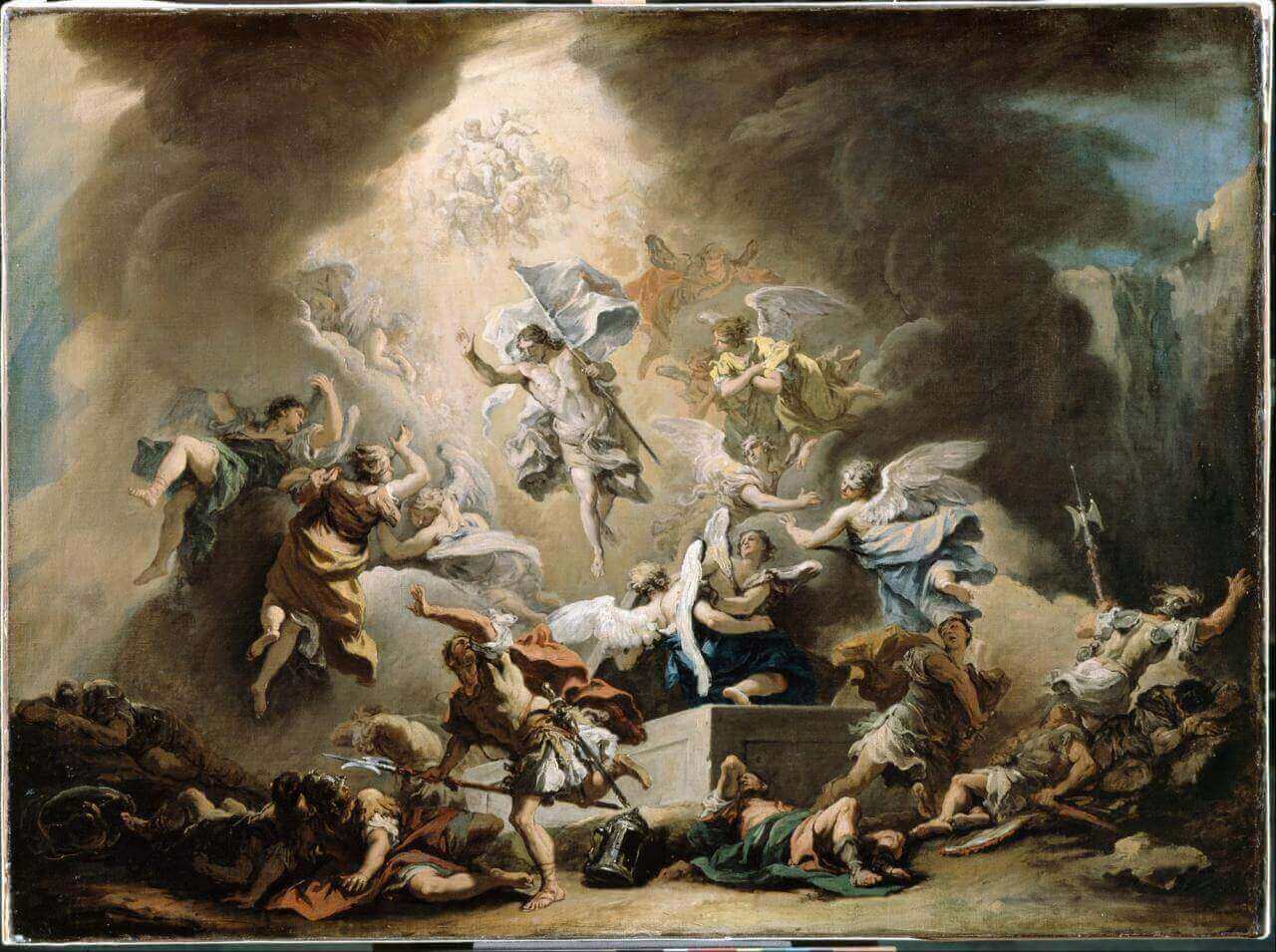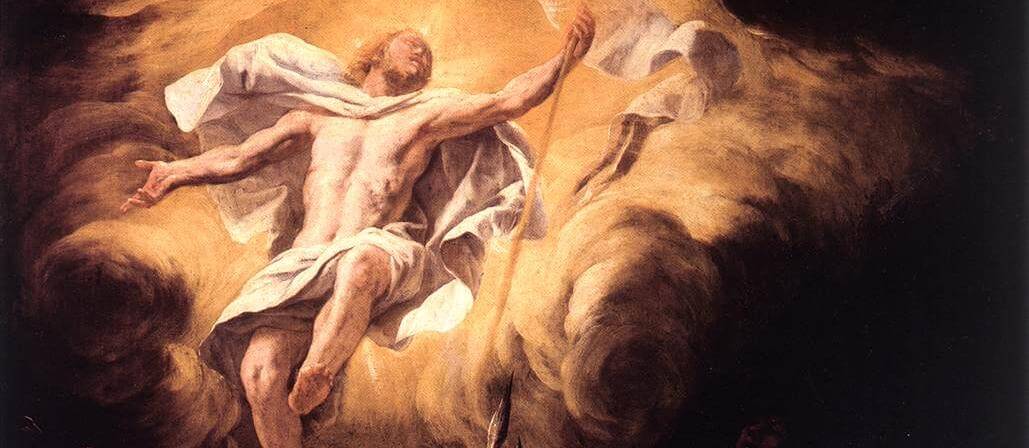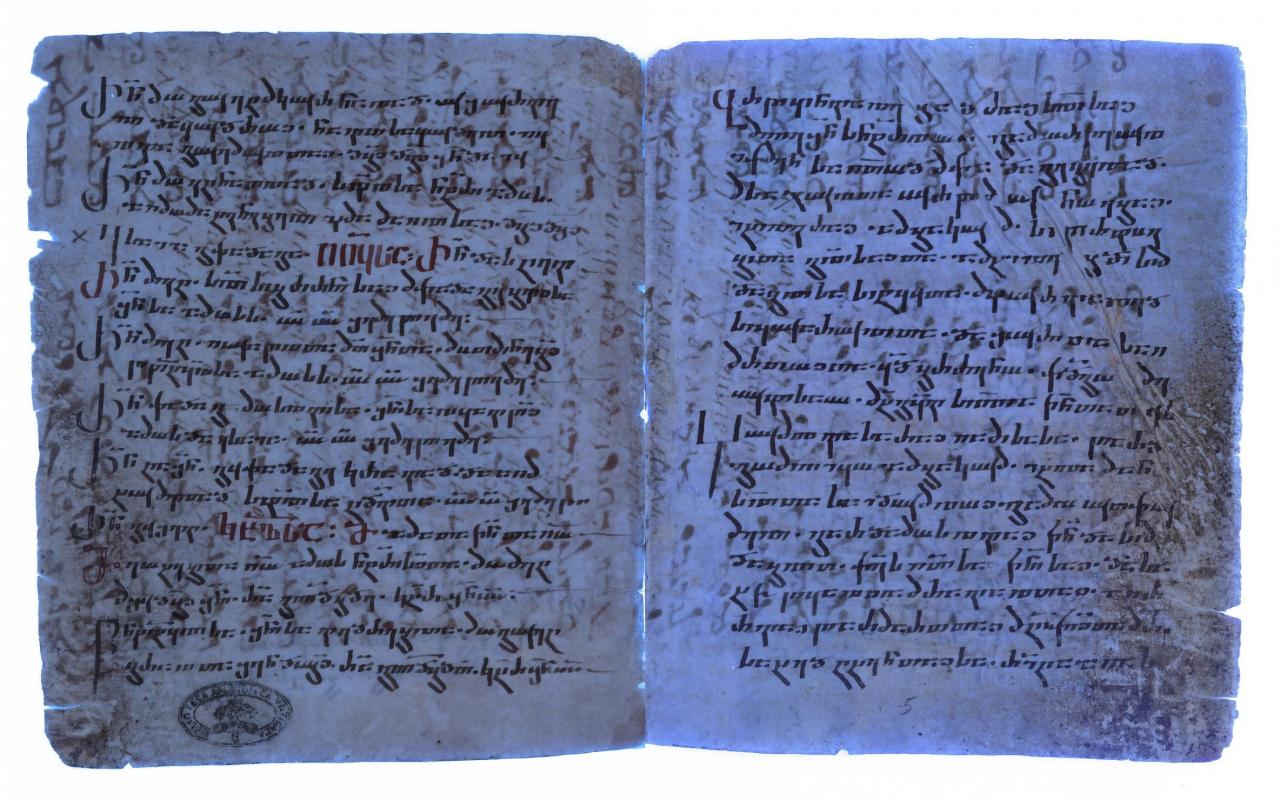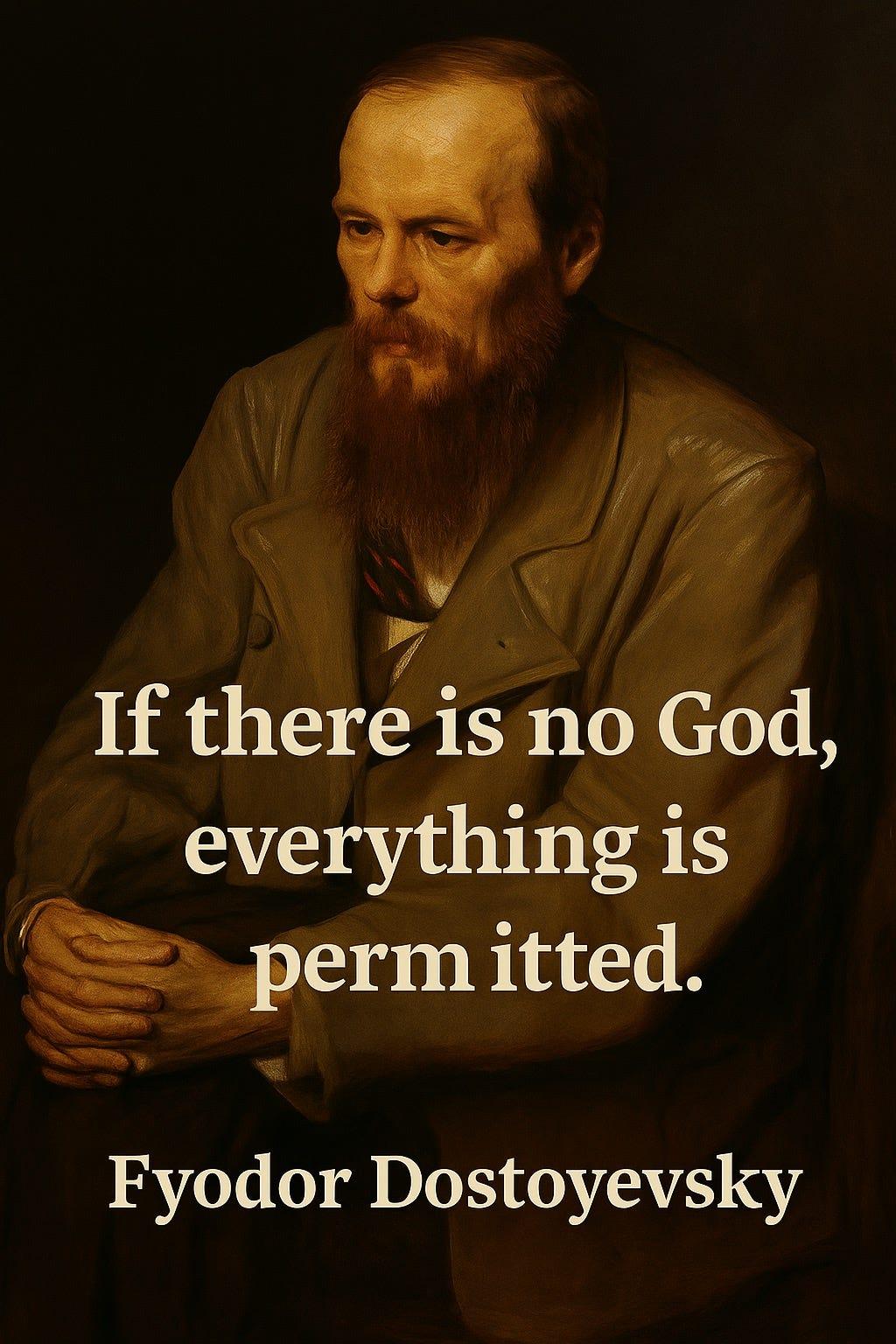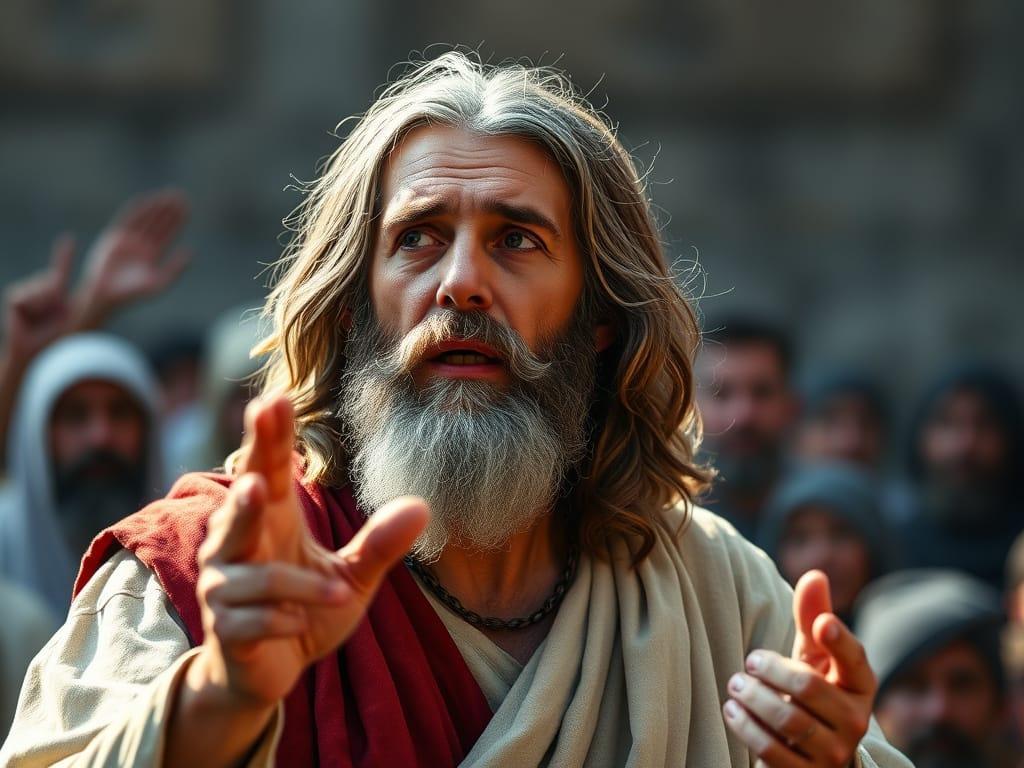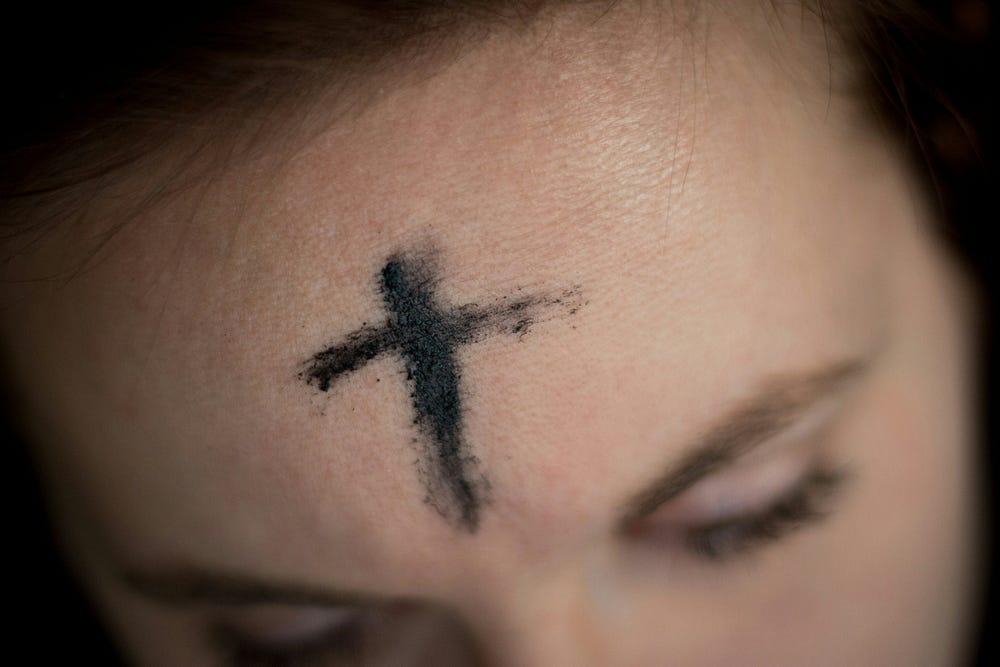A Historic Easter Change Is Coming — But Will Protestants Get On Board?
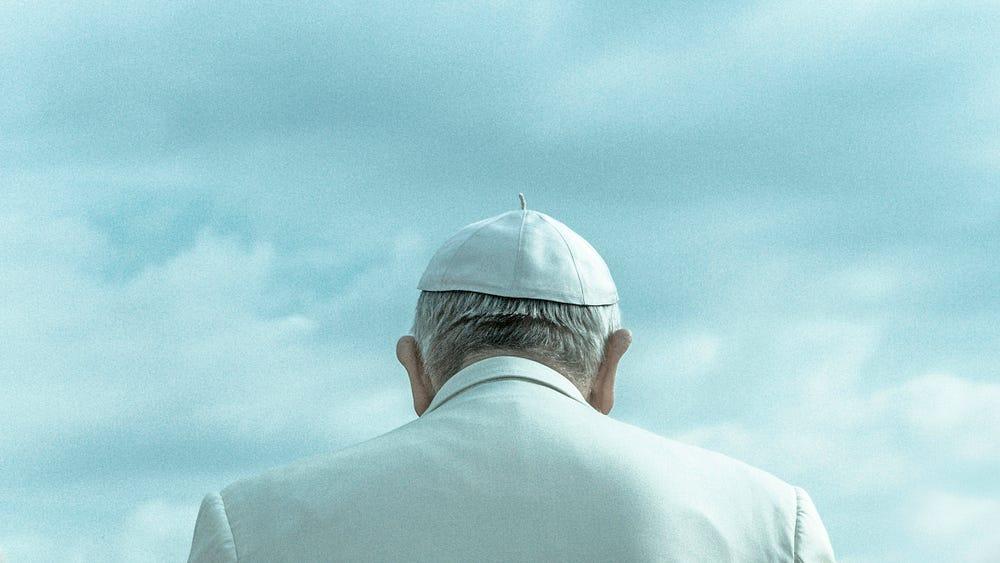
Pope Francis has recently expressed the Catholic Church’s willingness to accept a unified date for Easter, a move aimed at fostering greater Christian unity, particularly with the Orthodox Church. This long-standing issue arises from the different calendars used by Western and Eastern Christian traditions — the Gregorian and Julian calendars — leading to discrepancies in Easter celebrations. Talks between Catholic and Orthodox leaders have intensified, hoping a common date could be agreed upon. However, this raises important questions for Protestant denominations regarding whether they would adopt the unified date or risk falling out of alignment with these historic branches of Christianity.
Celebrating the Week of Prayer for Christian Unity recently, Pope Francis noted that this year the Easter date coincides with the West’s Gregorian calendar and the East’s Julian calendar. The Pope said, “I renew my appeal that this coincidence may serve as an appeal to all Christians to take a decisive step forward toward unity around a common date for Easter.”
“The Catholic Church is open to accepting the date that everyone wants: a date of unity” — Pope Francis
The recent discussions between the Catholic and Orthodox churches regarding the unification of the Easter celebration date have some significant implications for Protestant denominations and as an Anglican, the wider Anglican Communion. Historically, the disparity in Easter dates has been a visible manifestation of Christian disunity, and efforts to establish a common date have been ongoing.
Previous Attempts
In 2016, Archbishop of Canterbury Justin Welby expressed support for a fixed date for Easter, engaging in dialogues with leaders from various Christian traditions, including Pope Francis and Orthodox Patriarch Bartholomew. He emphasised the importance of unity in celebrating the resurrection of Christ and hoped for an agreement within a decade, or at least before he retired. Recently uncovered scandals forced him to retire earlier than planned, so that dream isn’t happening for him anymore.
A long time ago here in the UK, an act of Parliament was passed in 1928 which allowed for Easter Sunday to be fixed on the first Sunday after the second Saturday in April. But this Act has never been activated and so Easter has remained a variable date, determined by the moon’s cycle.
From an Anglican perspective, aligning the date of Easter with Catholic and Orthodox churches would be a significant ecumenical step, reflecting a commitment to Christian unity. The Anglican Communion, known for its via media (middle way) approach, often seeks to bridge differences between traditions. Therefore, it is plausible that the Anglican Church would support and adopt a unified Easter date, should an agreement be reached between the Catholic and Orthodox churches. I would at least expect the leadership to discuss it at Synod, and personally, I hope it would be accepted as a step towards global unity on our most important and significant celebration: the resurrection of Christ!
For other Protestant denominations though, reactions may vary. Some may view the unification of the Easter date as a positive move towards greater Christian unity and choose to follow suit. Others, valuing their own traditions and independence (or anti-Catholic bias), might prefer to maintain their current practices as a variable date. The impact on Protestant denominations largely depends on their theological perspectives and openness to ecumenical initiatives.
Ancient Controversies
Before the Council of Nicaea in 325, different Christian communities celebrated Easter on different dates; the council decided that for the unity of the Christian community and its witness, Easter would be celebrated on the first Sunday after the first full moon after the spring equinox.
This is known as the Quartodeciman (lit. Fourteenth) controversy. It’s called this due to the issue being over whether the Easter celebration should follow the Jewish pattern of Passover on the 14 Nisan or always be fixed to the day of the resurrection — a Sunday. It became a bigger issue when not only the Jewish community of believers wanted to follow this method, but when the Gentile Asian communities also claimed that their Quartodeciman practice was of Apostolic origin claiming they got their practice from John himself.
But the Julian calendar, which is what the Church used in the fourth century, was increasingly out of sync with the actual solar year, so March 21 — generally assumed to be the date of the Northern Hemisphere’s spring equinox — gradually “drifted” away from the actual equinox.
In 1582, Pope Gregory XIII reformed the calendar, hence the Gregorian Calendar, dropping 10 days and making the equinox fall on March 21 again. Most Eastern Christians did not adopt the new calendar and stayed with the Julian one, leading to a situation where Easter occasionally is on the same day as the Gregorian/Western calendar. This isn’t always the case and the Eastern Church celebration can be as much as four weeks later (similar issues arise for the celebration of Christmas too).
Concluding Thoughts
To conclude, I think that the Anglican Communion is likely to view the unification of the Easter date as a favourable development and may align its practices accordingly since the wider Western Church has kept with the practice of Rome for centuries already and it would be odd for traditional mainline Protestant churches to want to purposely be unaligned in this area.
The broader, less traditional Protestants will potentially respond in various ways, with some denominations embracing the change in the spirit of unity, while others may opt to retain their established traditions. If this proposed change does come about, I suspect a lot of the anti-Catholic rhetoric will rear its ugly head with some denominations not opting for the change out of some kind of spite against doing what the Pope suggests. But this isn’t about Roman Catholic or Eastern Orthodox doctrine, but being in unity on a core tenet of the faith, as Jesus prayed for us in John 13:34–35 and 17:21–23.
I do wonder how it will affect the commercialisation side of things too and whether secular society will follow suit with the changes. Interesting times ahead, it seems!
Sources and Further Reading
- Pope Francis: The Catholic Church is willing to accept a common date for Easter in the East and West | America Magazine
- Archbishop Justin Welby hopes for fixed Easter date — BBC News
- Justin Welby: Archbishop of Canterbury quits over abuse scandal — BBC News
- Creedal Christians: The Nicene Creed | The Sacred Faith: Timeless Truths for Modern Minds
- Council of Nicea, AD 325 | Patristics.info — Full texts and Resources from Early Church History
- Quartodecimans | Encyclopedia.com
Leave a comment Like Back to Top Seen 584 times Liked 0 times
Enjoying this? Consider contributing regular gifts for this content on Patreon.
* Patreon is a way to join your favorite creator's community and pay them for making the stuff you love. You can simply pay a few pounds per month or per post that a creator makes, and in return receive some perks!
Subscribe to Updates
If you enjoyed this, why not subscribe to free email updates and join over 834 subscribers today!
My new book is out now! Order today wherever you get books
Recent Posts
Darwin to Jesus | 3 hours ago | Atheism
Guest post by Darwin to Jesus Dostoevsky famously said, “If there is no God, then everything is permitted.” For years, as an atheist, I couldn’t understand what he meant, but now I do… Here’s a simple analogy that shows why only theism can make sense of morality: Imagine you just got hired at a company. You show up, set up your desk, and decide to use two large monitors. No big deal, right? But then some random guy walks up to you and says: “Hey, you’re not allowed to do that.” You ask, “What do you mean?” They say, “You’re not permitted* to use monitors that big.” In this situation, the correct response would be: “Says who?” We’ll now explore the different kinds of answers you might hear — each one representing a popular moral theory without God — and why none of them actually work. Subjective Morality The random guy says, “Well, I personally just happen to not like big monitors. I find them annoying.” Notice that’s not a reason for you to change your setup. Their personal preferences don’t impose obligations on you. This is what subjective morality looks like. It reduces morality to private taste. If this were the answer, you’d be correct to ignore this person and get back to work — big monitors are still permitted. Cultural Relativism Instead, they say, “It’s not just me — most people here don’t use big monitors. It’s not our culture.” That’s cultural relativism: right and wrong are just social customs, what is normal behavior. But notice customs aren’t obligations. If the culture were different, the moral rule would be different, which means it isn’t really moral at all. You might not fit in. You might not be liked. But you’re still permitted to use big monitors. Emotivism Here after being asked “says who?” the person just blurts out, “Boo, big monitors!” You reply, “Hurrah, big monitors!” That’s the entire conversation. This is emotivism. On this moral theory when we talk about right and wrong we’re actually just expressing our personal feelings towards actions, I boo rape, you hurrah rape. But shouting “boo!” at someone doesn’t create real obligations. You’re still permitted to use large monitors. Utilitarianism Here, the person says, “Your big monitors lower the overall productivity of the office. You’re not permitted to use them because they lead to worse consequences.” This is utilitarianism: morality is based on producing the greatest happiness for the greatest number. But even if that’s true — so what? Who says you’re obligated to maximize group productivity? And what if your monitors actually help you work better? Utilitarianism might tell you what leads to better outcomes, but it doesn’t tell you why you’re morally obligated to follow that path — especially if it comes at your own expense. You’re still permitted to use large monitors. Virtue Ethics Here they say, “Using big monitors just doesn’t reflect the virtues we admire here — simplicity, humility, restraint.” This is virtue ethics. Morality is about becoming the right kind of person. But who defines those virtues? And why are you obligated to follow them? What if your idea of a virtuous worker includes productivity and confidence? Without a transcendent standard, virtues are just cultural preferences dressed up in moral language. If you don’t care about virtue or their arbitrary standards, then you have no obligation. You’re still permitted to use large monitors. Atheist Moral Realism But what if they say, “Listen, there’s a rule. It’s always been here. It says you can’t use monitors that large.” You ask, “Who made the rule?” They say, “No one.” You ask, “Who owns this company?” They say, “No one owns it. The company just exists.” You look around and ask, “Where is the rule?” They say, “You won’t find it w...
Luke J. Wilson | 7 days ago | History
We often hear that Jesus was “about 33 years old” when he was crucified and only had a three-year ministry. But have you ever wondered how precise that number is, or why we assume that was his age, especially when Scripture doesn’t specify? Table of Contents The Gospel of Luke: “About Thirty” Early Church Testimony: Irenaeus and the Longer Ministry Historical Anchors: Birth, Pilate, and the Crucifixion Window The Death of Herod Cross-referencing with Pilate, Caiaphas, and Jesus When Did Tiberius Begin to Reign? 1. From his co-regency with Augustus (AD 11–12) 2. From the death of Augustus (AD 14) How Does This Affect Jesus’ Age and Ministry Start? Astronomy and the Timing of Passover Estimated Lengths of Jesus’ Ministry Why This Matters In Summary Further Reading I’ve long wondered about this, especially when the Pharisees accused Jesus of not being close to fifty, which seems odd if he was only in his early 30s. Then I later discovered Irenaeus also had similar thoughts in the second century, and the plot thickened! I’ve had this rumbling around in the back of my mind for a few years now and slowly chewed it over. So now I’m going to try and present the evidence, rather than rely solely on tradition and assumptions, and piece together what the Gospels, early Church Fathers, historical data, and even astronomy can tell us about the potential age of Jesus and the length of his ministry. What follows is a deeper, richer look at the life and death of Jesus and what we can learn by following the evidence. The Gospel of Luke: “About Thirty” Luke 3:23 tells us plainly: Jesus was about thirty years old when he began his work. This statement has historically been the anchor point for dating Jesus’ ministry. Most take this to mean he was around 30 at his baptism, which marked the beginning of his public ministry. Something to bear in mind here is that Luke isn’t exact and only says “about thirty”, so he could have been slightly younger or older at the time. But being around the age of 30 would align with the requirements of priests, which Jesus was also fulfilling the role of (Hebrews 2:17; Numbers 4:1–4; Numbers 8:23–25). But from there, it’s traditionally assumed that Jesus ministered for just three years before his death, mainly based on the Gospel of John, which mentions three Passovers (John 2:13, 6:4, 11:55). However, John also says at the end of his Gospel in John 21:25: But there are also many other things that Jesus did; if every one of them were written down, I suppose that the world itself could not contain the books that would be written. This is a clear reminder, even if John is being hyperbolic here: not everything was recorded. Considering that the Synoptic Gospels only mention one Passover, the number of Passovers we read about in John may not reflect the total number Jesus experienced during his ministry. They may also serve a theological point (three being a prominent number in Scripture) rather than a chronological one. Early Church Testimony: Irenaeus and the Longer Ministry In the second century, Irenaeus, bishop of Lyon and disciple of Polycarp (who had also known the Apostle John and was likely his disciple), made an interesting claim about the age of Jesus — and backed it up by saying it was verified by the Apostle John himself! In Against Heresies (2.22.4–6), Irenaeus wrote: …our Lord possessed [old age] while He still fulfilled the office of a Teacher, even as the Gospel and all the elders testify, those who were conversant in Asia with John, the disciple of the Lord, [affirming] that John conveyed to them that information. … Some of them, moreover, saw not only John but the other apostles also, and heard the same account from them, and bear testimony to this statement. He argued that the line in John 8:57: Then the Jews said to him, ‘You are not yet fifty years old, and have you seen Abraha...
KingsServant | 12th March 2025 | Islam
This is a guest post by “KingsServant” In 2019 a book called Defying Jihad was published by Tyndale House, the reputable Christian publisher telling the story of “Esther Ahmad” a pseudonym used by the author alongside her co-author Craig Borlase, who has previously written alongside, well known Christian personalities such as Matt Redman the singer and Andrew Brunson, an American pastor imprisoned by the Turkish government. As I began to read this book over this past year I was expecting an encouraging account of how a former Jihadi found Christ and escaped her previous accomplices. Very quickly, however, I became uncomfortable, her descriptions of her background involved allegedly committed Muslims doing very un-Islamic things and the unnamed militant group doing unusual things that didn’t fit my knowledge gained from years of study of Islam and interactions with Muslims, including extremists. As my doubts about the authenticity of the book solidified, and yet I couldn’t find anyone else who had questioned these things before me, or on the other hand provided verification of her story. I decided to contact Craig. During our brief and cordial email exchange he told me that he had been in touch with people who knew Esther after she escaped her family home, but so far has not suggested he has any other lines of evidence confirming any of the key elements of her account before that time. As a result, I am writing this article to draw attention to the aspects that raise suspicion. According to “Esther’s” story, she was raised in Pakistan where she was sent to an extremist madrassa (or Muslim school) for girls, there they were shown images of victims of violence and told that Christians and Jews were responsible - the emphasis on Jews and particularly Christians by a militant group based in Pakistan is strange. All the terrorist groups in Pakistan direct their efforts towards Hindus (especially in Kashmir) or other Muslims, since Christians are such a tiny minority there. Things rapidly become even stranger when a Mullah displays weapons to the group of girls telling them “… one day you will get to handle these” as the book continues describing them being encouraged to aspire to physical violence towards Jews and Christians specifically, the description of “Aunt Selma” volunteering for and dying fighting Jihad is likewise out of place. Islamic terrorist groups very rarely recruit women for combat roles, as Devorah Margolin describes Hamas and ISIS as departing from convention by encouraging female participation in violence and even then in only a very restricted way under particular circumstances with a specific fatwa (or Islamic ruling) being issued.1 On page 33, the militant group leader “Anwar” suggests that Esther could find a husband in the west to bring him to Islam. It is strictly forbidden for a Muslim woman to marry a non Muslim man, the idea that they would be encouraged by a scholar to date is about as unbelievable. In a conservative Pakistani culture, she would more likely find herself the victim of a so-called “honour killing” for such a thing.2 After her initial chance encounters with her future husband “John” (not as a result of trying to follow “Anwar’s” advice), on page 92 it is recorded that he said to her “… I’m not against your faith and beliefs…”, it’s the kind of thing that we might expect a liberal in the west to say, but not a Pakistani believer who knows that Islam denies that Jesus is the Son of God and that he died for sinners. Following her conversion according to her account, she engaged in a number of public debates with clerics in which she defended her decision to leave Islam and follow Christ. It is not uncommon for apostates to have meetings with scholars arranged by their family members in the hope that they might be won back to Islam, but it is very surprising that her influential father would want to give his apostate daughter su...
Luke J. Wilson | 05th March 2025 | Lent
Ash Wednesday marks the beginning of Lent, a season of repentance, fasting, and preparation for Easter in the Christian calendar. It is observed by many Western Christian traditions, including the Roman Catholic Church, Anglican Communion, Lutheran churches, and some Methodist and Reformed communities. The day falls 46 days before Easter Sunday and is always on a Wednesday. Origins and Historical Development The practice of Ash Wednesday can be traced back to the early centuries of Christianity, though its formal observance developed over time. The use of ashes as a sign of repentance has deep biblical roots, appearing frequently in the Old Testament. People would cover themselves with ashes as an outward sign of sorrow for sin and a desire to turn back to God (e.g., Job 42:6, Daniel 9:3, Jonah 3:6). By the 8th century, the imposition of ashes on the forehead became a common practice in the Western Church. Pope Urban II (r. 1088–1099) helped formalise Ash Wednesday as the official beginning of Lent, reinforcing the idea of a season of penitence leading up to Easter. The name “Ash Wednesday” itself comes from the tradition of marking the faithful with ashes, typically in the shape of a cross, while the priest or minister recites words such as, “Remember that you are dust, and to dust you shall return” (Genesis 3:19) or “Repent, and believe in the Gospel” (Mark 1:15). The Lenten Fast Fasting has always been a central aspect of Lent, and by the time of the Council of Nicaea (AD 325), a forty-day period of fasting before Easter had become a standard part of Church practice. This was based on the example of Jesus’ forty days in the wilderness (Matthew 4:1–2) and was intended to prepare believers spiritually for the Passion and Resurrection of Christ. Athanasius, the great bishop of Alexandria, regularly wrote paschal (Easter) letters to the churches to encourage fasting, self-control, and moderation during this period. His writings provide valuable insight into how Lent was observed in the early Church and confirm that the practice was well established long before later claims that it had pagan origins. In one of his letters, written around AD 332, he describes the structure of the Lenten fast: The beginning of the fast of forty days is on the fifth of the month Phamenoth [Ash Wednesday]; and when, as I have said, we have first been purified and prepared by those days, we begin the holy week of the great Easter on the tenth of the month Pharmuthi [Palm Sunday], in which, my beloved brethren, we should use more prolonged prayers, and fastings… — Athanasius, Letter III (c. AD 332) The early Lenten fast was stricter than modern observances. Many early Christians abstained not only from meat but also from dairy, eggs, and wine. In some traditions, believers ate only one meal per day, typically in the evening. While practices have evolved over time, the principle remains the same: Lent is a time of self-discipline, spiritual renewal, and preparation for Easter. Meaning and Observance of Ash Wednesday Ash Wednesday serves as a solemn reminder of human mortality and the need for repentance. The ashes, often made by burning the palm branches from the previous year’s Palm Sunday, symbolise both death and the hope of renewal in Christ. The day is also marked by fasting and abstinence in many traditions, such as within Roman Catholicism and Eastern Orthodoxy, the faithful are required to fast and to abstain from meat and dairy on various days. Many other denominations encourage similar practices or personal acts of self-denial as a way of focusing on spiritual growth. Churches hold special services where worshippers receive the imposition of ashes. The act is not merely ritualistic but is meant to be a public declaration of one’s commitment to turn away from sin and seek God’s grace. Greek Orthodox Yearly Fasting Calendar (2025). Fasting isn’t just for Lent! An Anglican Perspective The Ch...




